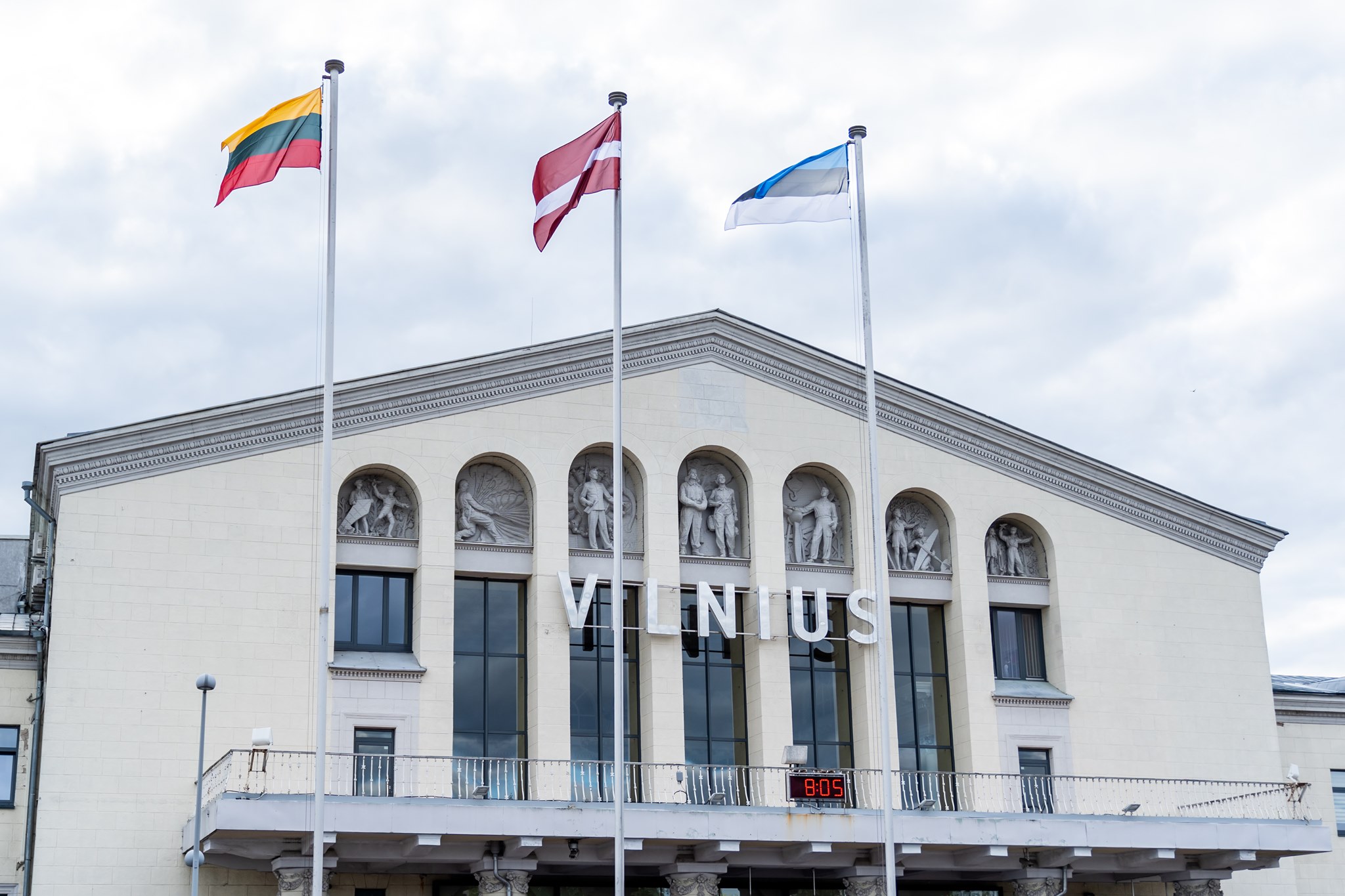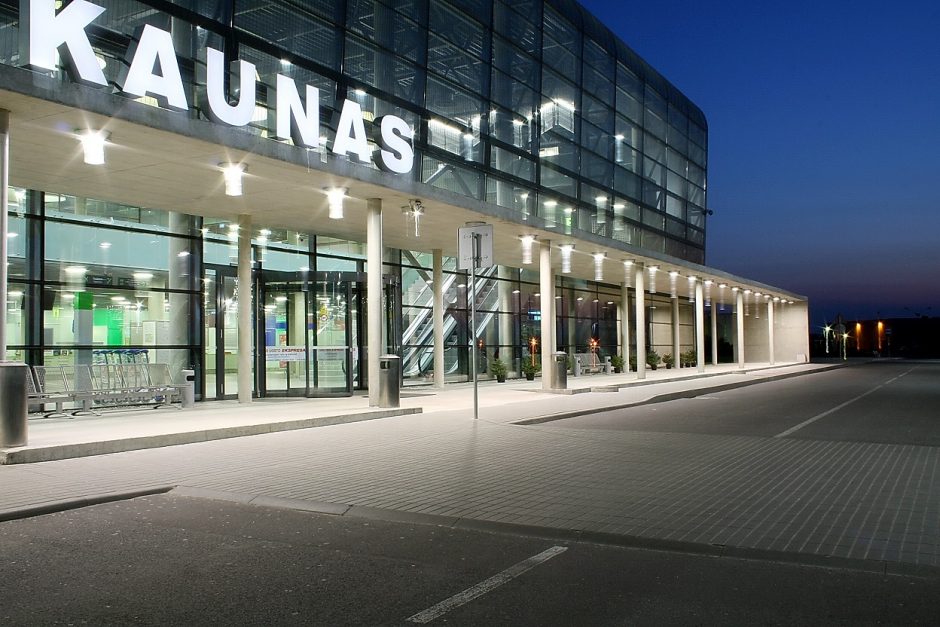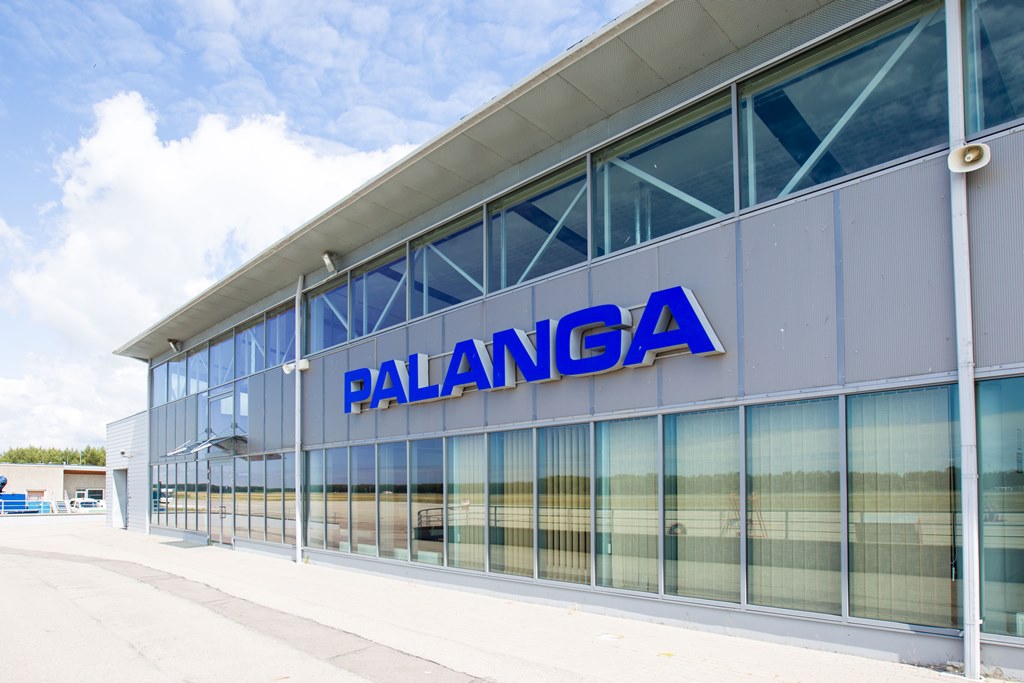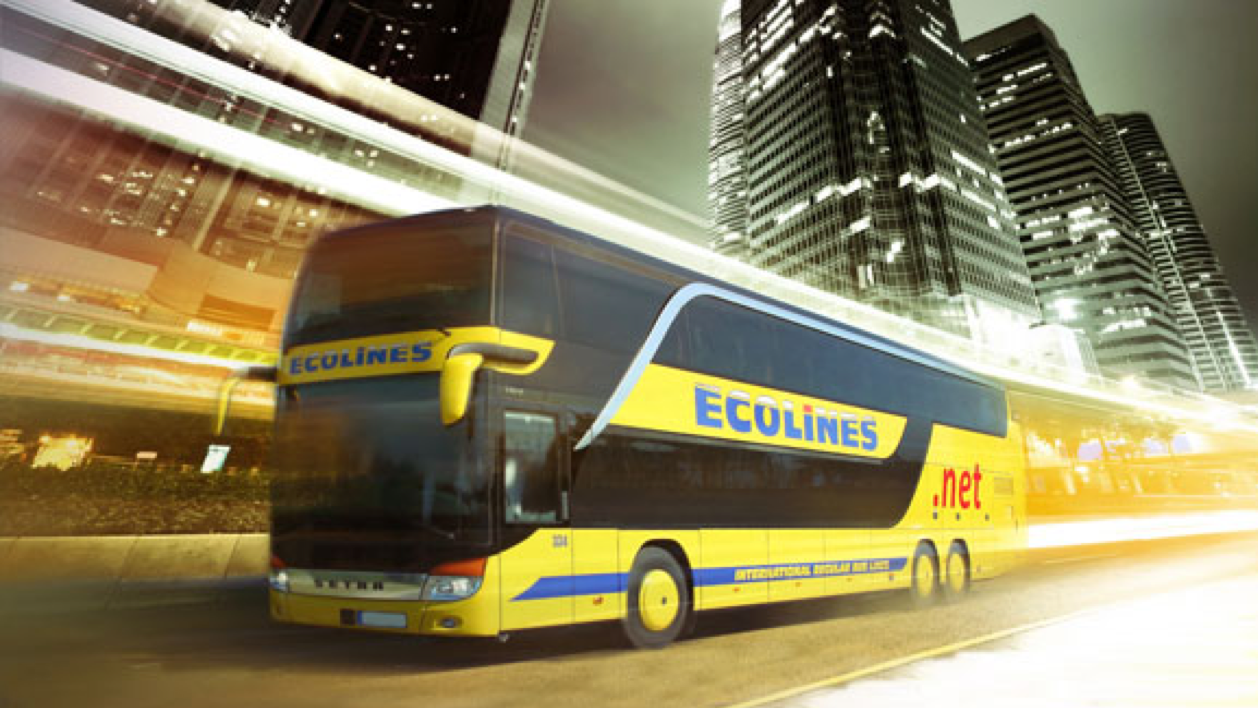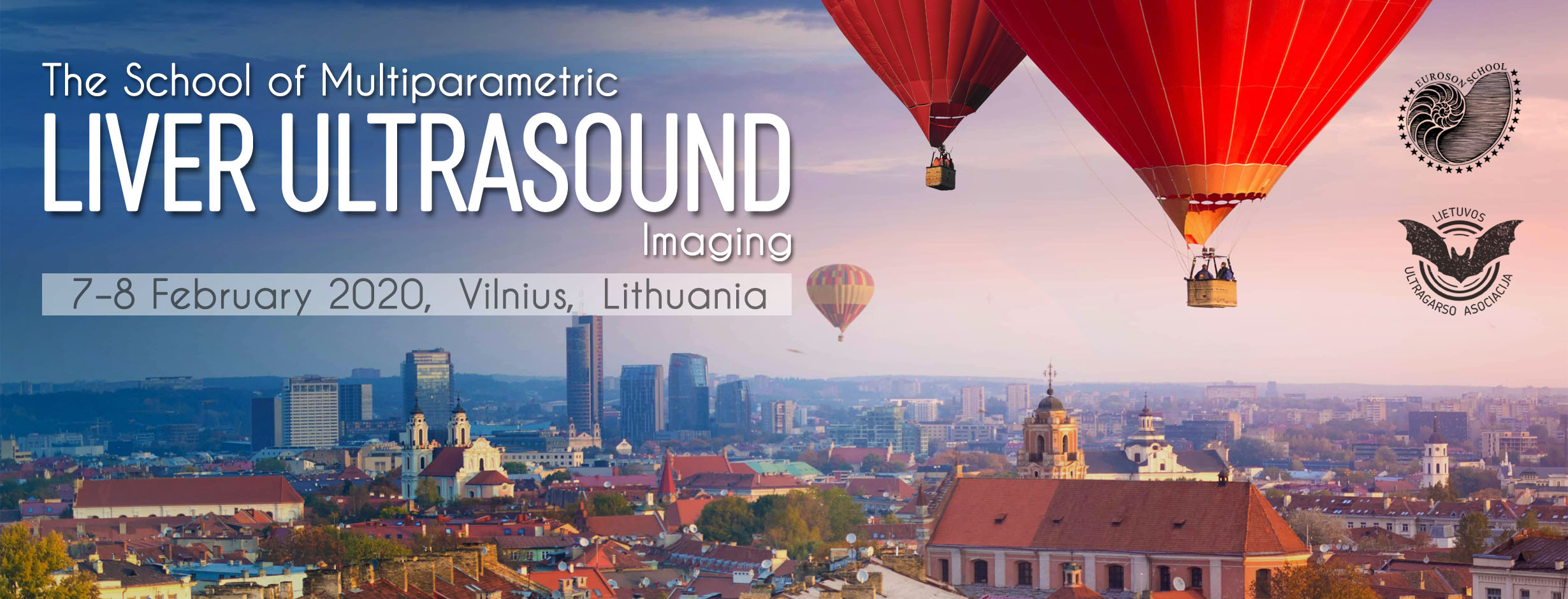
SCHOOL FINISHED. THANK YOU FOR PARTICIPATING!
WELCOME FROM SCHOOL CHAIR
On behalf of the Lithuanian Ultrasound Association’s organizing committee, it is my pleasure to invite you to the EFSUMB School (European Federation of Societies for Ultrasound in Medicine and Biology) of multiparametric liver ultrasound imaging taking place in Vilnius, Lithuania on 7-8 February 2020.
Ultrasound imaging technique is the first line imaging modality for screening and also evaluating liver changes. The main advantage is that it is broadly available, and also is harmless to the patient. Multiparametric ultrasound imaging includes greyscale, vascular Doppler, contrast enhanced ultrasound, elastography, and other ultrasound techniques. They can be applied in both diagnostic and interveventional fields. The multiparamectric approach in our daily practice will give the opportunity to extend the scope of ultrasound imaging capabilities to evaluate diffuse and focal liver pathologies, liver transplants. For that reason a deep learning framework is important to gain skills and knowledge in this field. Our goal is to give you an opportunity to join the course that would enhance not only your theoretical knowledge about the ultrasound techniques but also would give some practical experience in solving a real live cases, that we are going to perform on site, discussing together the best methodological approach and the main tips and tricks of the techniques.
Even more, as the course will be held in the capital city of Lithuania – Vilnius, you will also get an opportunity to visit the city that is so famous of one of the largest surviving medieval old towns in Northern Europe. It is a place where some of Europe's greatest architectural styles: gothic, renaissance, baroque and neoclassical stand side by side and complement each other. One of the most elaborate architectural complexes is the Vilnius University Architectural Ensemble, which occupies a large part of the Old Town. After a nice evening walk it is nice to relax and partake some traditional food and beverages while discussing daily impressions.
So I Welcome you to enjoy together a multiparametric liver ultrasound imaging course led by academic excellence and to be a part of growing diagnostic excellence in ultrasound.
I look forward to see you in Vilnius!
Sincerely,
Artūras Samuilis
Board member of Lithuanian Ultrasound Association
SCIENTIFIC & ORGANIZING COMMITTEE
Chair
MD Artūras Samuilis
Members
MD Raminta Lukšaitė
MD Aurimas Mačionis
Dr. Edita Mišeikytė Kaubrienė
PROGRAMME
 PRESENTATION TEMPLATE FOR SPEAKERS
PRESENTATION TEMPLATE FOR SPEAKERS
School has been accredited by EACCME® for 9 European CME credits (ECMEC®).
Event is now posted in the list of accredited events on EACCME® website.
GENERAL INFORMATION
REGISTRATION FEES (in Euro)
|
Early Bird*
(to 24 January 2020) |
On-Site
|
|
|---|---|---|
| Delegate | 120 | N/A |
| Resident, Student** | 60 |
N/A
|
|
Faculty
|
0
|
0
|
* - Payment must be made by a certain date. Payment details will appear during registration
** - Number of Residents, Students registration is limited. During registration please upload document approving your student / resident status
REGISTRATION FEE COVERS:
-
Admission to Scientific Programme
-
School Materials
-
Electronic School Certificate of Attendance (12 hours)
-
Electronic Certificate with 9 European CME credits
-
Refreshments during the School
The official language of the School is English. No simultaneous translation will be provided.
School is intended for radiologists, ultrasound specialists, abdominal surgeons, infectologists, family physicians, gastroenterologists, hepatologists, pediatricians, etc.
SCHOOL VENUE
VILNIUS UNIVERSITY HOSPITAL SANTAROS KLINIKOS
ADDRESS: Santariškių str. 2, Vilnius, Lithuania

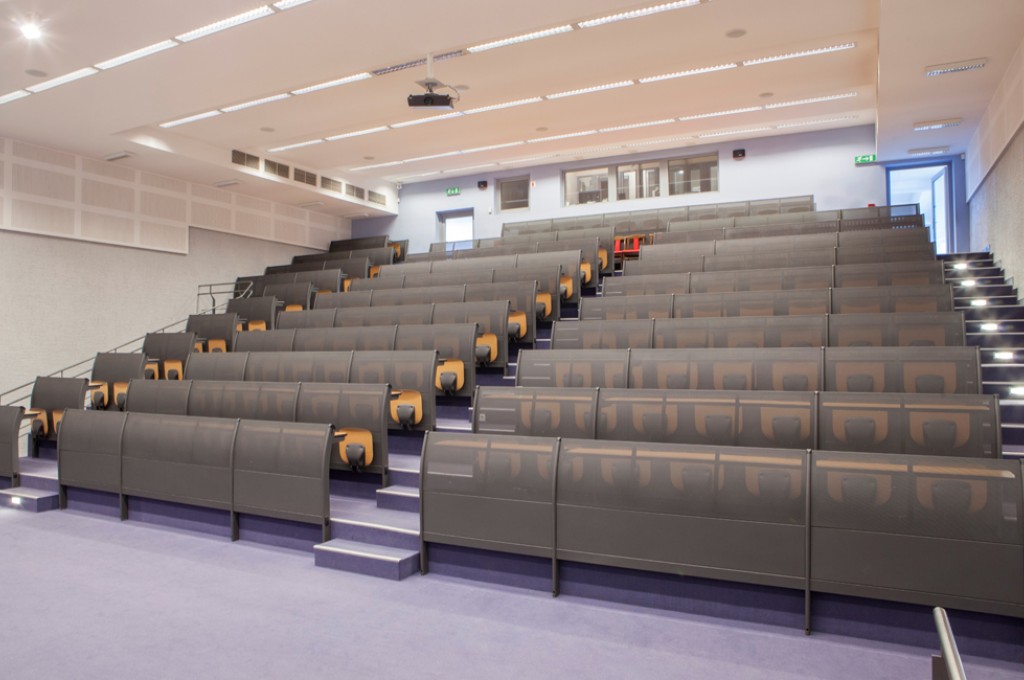
ARRIVAL & TRAVEL
Arrival to Lithuania
Lithuania is easily accessible via various modes of transport. The infrastructure here is well developed, moreover, the country is not large and it is easy and convenient to travel between the major cities. The airports are typically 15 – 20 min. drive from the city center and the local and international bus network is extensive.
 BY PLANE
BY PLANE
There are three international airports in Lithuania that connect the country with a number of European capital cities and some major international air travel hubs outside of Europe.
Most airlines arrive at Vilnius International Airport, the main airport of Lithuania. Kaunas International Airport receives mostly low cost airlines, such as Ryanair. Palanga International Airport, located near the seaside resort of Palanga, mostly offers short and mid-range routes to destinations in Europe. This airport is the smallest in the country and is a convenient gateway to western Lithuania, the beach resorts and the seaport of Klaipėda.
 BY CAR
BY CAR
Vilnius can be reached by using the following routes:
- Vilnius – Kaunas – Klaipeda, highway A1 (E67, E85, E28) 311,40 km
- Vilnius – Ukmerge - Panevezys, highway A2 (E272) 135,92 km
- Vilnius – Minsk, highway A3 (E28) 33,99 km
- Vilnius – Varena – Gardinas, highway A4 34,46 km
- Vilnius – Utena, highway A14 95,60 km
- Vilnius – Salcininkai – Lyda, highway A15 (E85) 49,28 km
- Vilnius – Prienai – Marijampole, highway A16 (E28) 137,51 km
 BY BUS
BY BUS
A number of large international bus companies with an extensive route network operate in Lithuania. There are frequent bus connections with most European capitals and some other large cities from the main Lithuanian cities - Vilnius, Kaunas and Klaipėda. Coming to Lithuania by bus is an easy and convenient option. Bus is also a good choice for visiting neighboring countries, Riga-Vilnius connection being particularly popular with several daily departures.
 BY TRAIN
BY TRAIN
International railway lines connect the capital city Vilnius to Moscow (Russia), Minsk (Belarus) and Kaliningrad (Russia). Vilnius Train Station is conveniently connected to Vilnius International Airport by a special railway shuttle line.
There are passenger trains from Kaunas, the second largest city of Lithuania, to Białystok in Poland, with further connections to Warsaw.
For more information, please click here: Litrail
VILNIUS
Vilnius is the only capital in Europe situated on the boundary between two ancient – Latin and Byzantine – civilisations. In this city of ancient and versatile cultures, the spirit of tolerance for different nations and religions has been displayed for some time. Vilnius was first mentioned in written sources in 1323, and by the 15th century it had turned into a beautiful medieval city, the heritage of which is still fascinating. The architecture of the Old Town is the feather in the cap of the city.
The baroque buildings of the largest Old Town in Central and Eastern Europe (360 ha), which has managed to preserve the medieval network of streets and typical spaces, remind us of beautiful ancient Italian towns where Baroque was born. Gracious slender towers supporting the sky are the works of the Lithuanian Baroque School. The Old Town of Vilnius, located in an amphitheatre of breathtaking nature, has been on the UNESCO World Heritage List since 1994.
Established on the boundary of two cultures, Vilnius has always been a city of modernity open to dialogues of different cultures. Profound traditions and experiences of ethnic culture are creatively incorporated into modern art forms – theatre, music, visual arts, and dance – and render a new quality of art. Our artists are known throughout Europe and worldwide, and Vilnius has been awarded the title of European Capital of Culture 2009.
The capital of Lithuania is one of the most beautiful cities in the Old Continent where the heritage of the past and the achievements of the present, science and culture co-exist in harmony. Residents of Vilnius are hospitable and cheerful people.
All recomendations and proposals what to do in Vilnius you can find in official Vilnius Tourism website
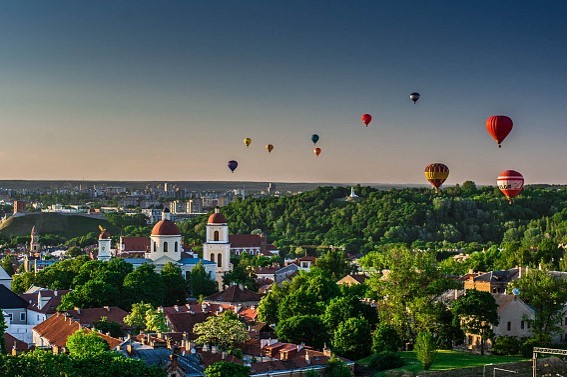
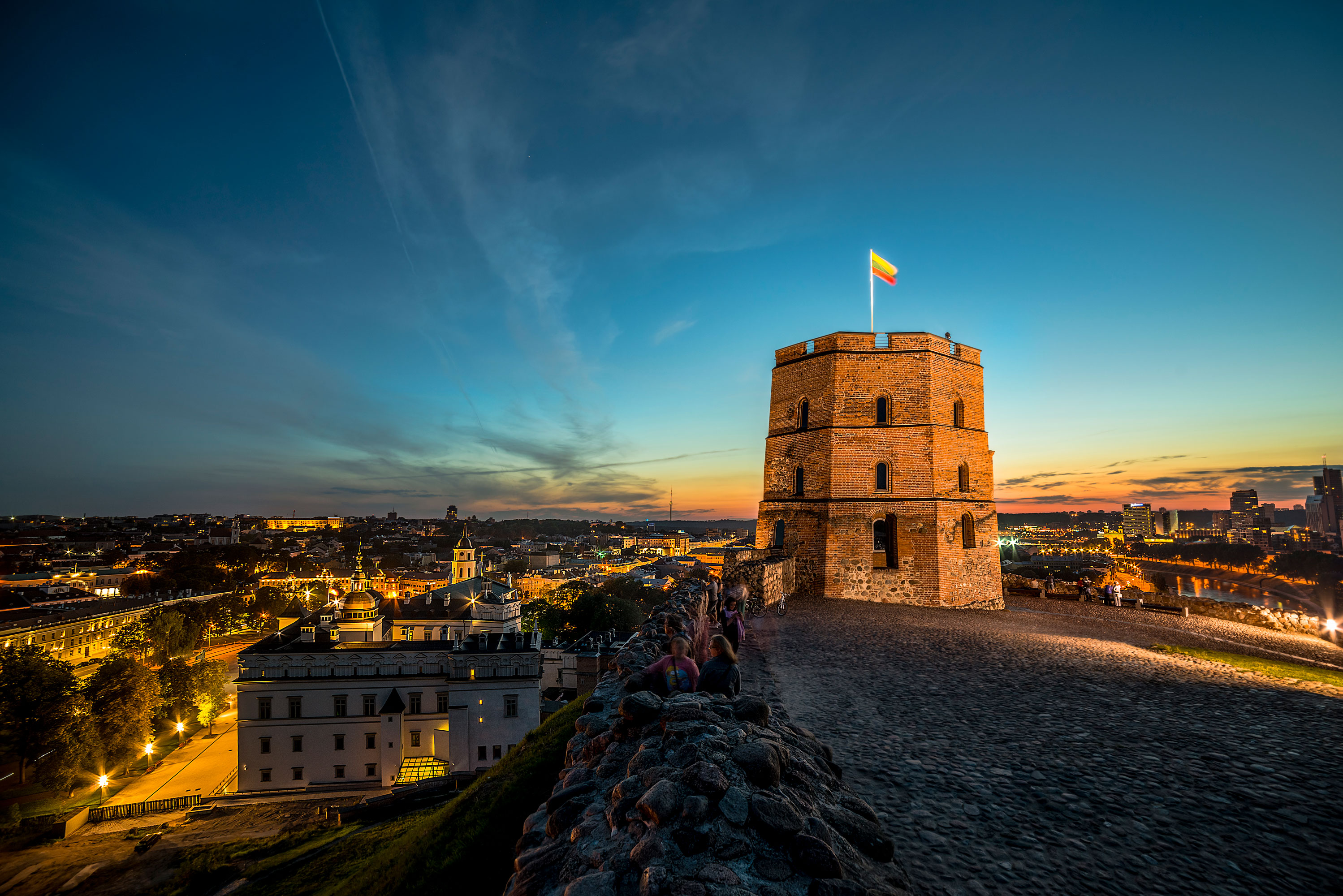
LITHUANIA
Lithuania is an unique country – green and flat land in the north of Europe, ashore the Baltic Sea. It is one of the three Baltic countries. The capital of Lithuania – Vilnius has always been a multinational, multilingual, and multicultural European city.
Lithuania is referred to as the Centre of Europe by its cultural criteria. There is a lot of beautiful and pristine nature, fascinating cities, clean air, security, friendly people, eventful, and pulsating cultural life in Lithuania.
The country has preserved many pagan and folk traditions that are still alive in villages. On the other hand, big cities are rich with vibrant cultural life and endless entertainment opportunities. There are numerous museums that have accumulated huge collections, national and private art galleries, the never-ending buzz of theatre and music halls, fascinating nightlife, a variety of entertainment options and sports events.
Total area: 65,300 sq. km or 25,174 sq. miles
Population: 2 793 397
Language: Lithuanian
Currency: Euro
Local time: GMT + 2 hours
International telephone code: +370
Geographical location: The Republic of Lithuania lies on the eastern coast of the Baltic Sea
Neighbour countries: Latvia, Russia, Poland and Belarus
Government: Democratic Republic
Ethnicity: Lithuanian – 84.2%, Polish – 6.6%, Russian – 5.8%, Belarusian – 1.2%, Ukrainians – 0.5%, Other – 1.7%
Religion: Predominantly Roman Catholic (approximately 77.2% of the total population)
Electricity: 220 V, 50 Hz. European style 2-pin plugs
Climate: Maritime/Continental. Average temperature in July is +16°C, in January is -2.5°C
Organizers
Partners
Main sponsor
For School Workshops will be used Canon Ultrasound Systems
